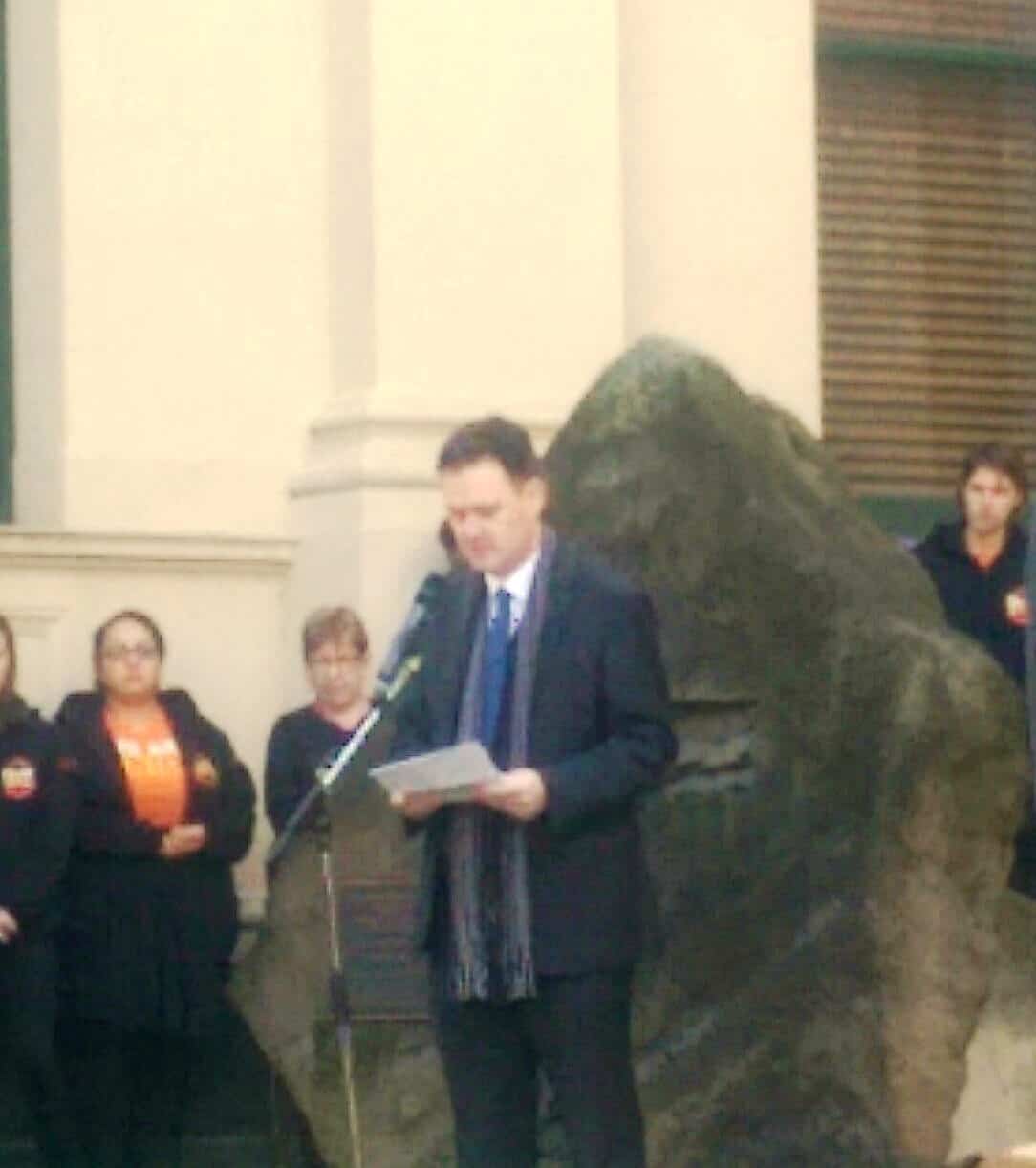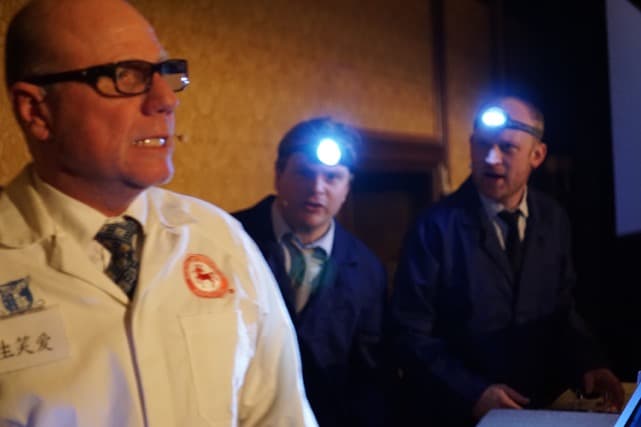 Australia’s Productivity Commission (PC) has released its draft report into the Workplace Relations Framework. All morning talk radio has been discussion the issue of penalty rates but there are safety-related elements that should not be forgotten. Bullying is the most obvious of these.
Australia’s Productivity Commission (PC) has released its draft report into the Workplace Relations Framework. All morning talk radio has been discussion the issue of penalty rates but there are safety-related elements that should not be forgotten. Bullying is the most obvious of these.
The overview of the Draft Report hints that the level of resources required to administer the bullying provision in the Fair Work Commission (FWC) may be excessive given the tidal wave of applications did not eventuate. Continue reading “PC report questions bullying processes”


 Over two months ago, SafetyAtWorkBlog sought basic and innocuous information from the office of Victoria’s Industrial Relations Minister,
Over two months ago, SafetyAtWorkBlog sought basic and innocuous information from the office of Victoria’s Industrial Relations Minister,  Most professionals, including occupational health and safety (OHS) professionals, support the use of stories or narratives or case studies to explain complex scenarios and situations. Recently, at the
Most professionals, including occupational health and safety (OHS) professionals, support the use of stories or narratives or case studies to explain complex scenarios and situations. Recently, at the